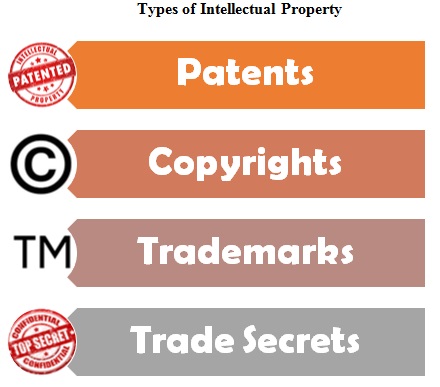Professional Intellectual Property Law Assignment Help
Business assets are not limited to tangible property; most businesses have unique intellectual possessions protected under Intellectual Property Law provisions. Intellectual property denotes assets produced by exploring human resource creativity. Credible examples include copyrights and patents. The fact that intellectual property is unique to specific organisations prompts the need for laws that enable these institutions to reserve their autonomous rights to pertinent possessions. Our Intellectual Property Law assignment help services are designed to help students explore this vast discipline in its entirety; assignments are completed by experts who are proficient in every aspect of the broader Law discipline.

- Patents
Patents provide property rights on autonomous inventions. Therefore, patent laws protect inventors from cases of unauthorised parties producing, using or selling their inventions. For instance, businesses operating in highly competitive environments often come up with new ways of constituting competitive advantage over rival firms; they acquire patents to preserve the acquired competitive advantage by ensuring that pertinent inventions are protected. The Australian Patent Act 1990 is a credible example of applicable legal provisions. - Copyrights
Copyrights account primarily for artistic and literary creations; these include sculptures, choreographic creations, music, books and software applications among others. A holder of a copyright protection has the autonomy and right to distribute, display, modify, produce, reproduce and use their work. Intellectual Property Laws account for various copyright legislations that determine qualifications for relevant protection. For instance, despite being intangible, the asset in question must be expressed tangibly to qualify for copyright protection; this can be done in writing among other means. Common copyright legislations in Australia include the 2017 Copyright Amendment Act No. 49 and the Copyright Amendment Act 2015. - Trademarks
Trademarks are constituted by symbols, designs, phrases or words that provide distinctions between products offered by different businesses. Therefore, a trademark must be unique and not in any way similar to those used by other businesses. It is often advisable for businesses to conduct extensive research before choosing a trademark; this ensures that they do not opt for an already existing trademark. The Australian Trade Marks Act 1995 is an example of a relevant legislation in this context. - Trade Secrets
Trade secrets are critical in the process of ensuring that a business remains competitive and that relevant corporate advantages are preserved. Credible examples of trade secrets include client lists, software algorithms and survey data among others. Nondisclosure agreements constitute a legally binding form of trade secret protection.
Common Australian Intellectual Property Legislation’s

Why You Need Expert Help
Coming up with a proficient Intellectual Property law paper is quite challenging for most students. Common tasks include essays, theses, case studies, research projects and dissertations among others. Intellectual Property law instructors and professors require students to deliver academically profound papers coupled with utmost demonstration of proficient comprehension of course materials and their application in real-life cases. If you are having trouble tackling these assignments, our able experts are at your disposal.
Our Intellectual Property Law assignment help services are designed with extensive focus on quality, affordability and timeliness. We have a large team of experienced professionals ready to help you attain the highest grades possible. Pertinent services are also flexible to meet specific client needs, rubric requirements and learning outcomes. Place your order today and begin the journey to a promising academic future.
